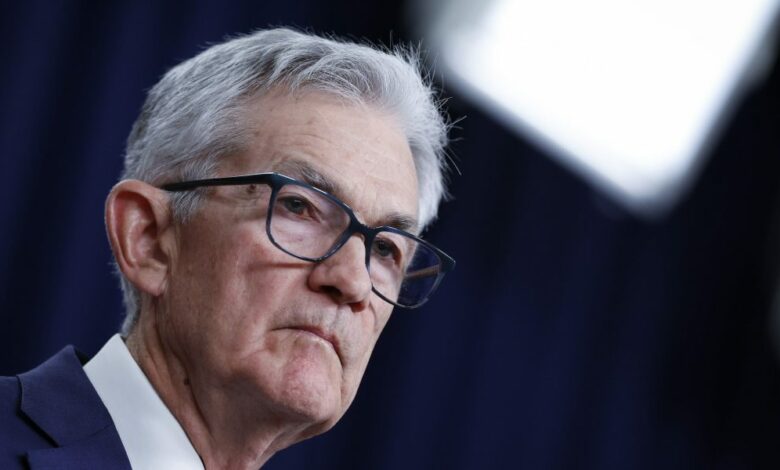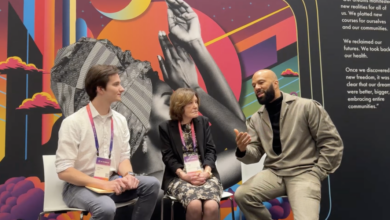Will high inflation, CPI impact Federal Reserve rate cut?


Wall Street woke up to a nasty surprise this morning: Fueled by rising rents and gas prices, U.S. inflation rose slightly to 3.2% year-over-year last month, according to Bureau of Labor Statistics data. After a two-year-run of interest rate hikes to combat rising inflation, the Street is expecting the Fed to begin cutting interest rates later this year. This uptick in inflation would seem to throw cold water on that narrative, but the headline number doesn’t tell the full story, top economists say. While the so-called hot inflation rate might give the Fed more cause for caution, it likely won’t change the central bank’s long-term plan, according to analysts.
“Given that the market had already taken the odds of a March rate cut down to near-zero, today’s firmer-than-expected CPI report doesn’t dramatically shift the near-term market narrative,” Elyse Ausenbaugh, global investment strategist at J.P. Morgan Global Wealth Management, wrote in an email to Fortune.
Analysts told Fortune that they’re chalking the 0.4% monthly rise in core inflation, which excludes volatile commodities like food and energy, up to “sticky” prices that lag a few months behind where the economy actually is. And services inflation that drove January’s disappointing report, encompassing costs of transportation, medical care, and education, fell by 45% month-over-month and appears to have stabilized.
“Inflation is moving more sideways than down, perpetuating elevated price sensitivity among consumers and challenging the Fed’s progress toward its 2% target,” wrote Kayla Bruun, senior economist at Morning Consult, in an email to Fortune.
Today’s inflation data is basically telling investors what they already knew: the Fed almost certainly won’t be cutting rates later this month, and markets will likely have to wait until June or beyond to expect any interest-rate relief from the central bank.
“What does the Federal Reserve take away from this? Mainly, it will be looking for more data …Officials have said they can afford to be patient as they consider when and if to cut rates. They’d feel more comfortable about rate reductions if inflation were to be less sticky,” wrote Bankrate Senior Economic Analyst Mark Hamrick in an email to Fortune. “The slightly stronger than expected CPI doesn’t do much to add to their confidence, but they can still ponder the possibilities for May, June, and July.”
Shelter and gasoline costs alone drove 60% of overall inflation last month, per the BLS. After rising 0.4% last month, though, food prices stayed level for the first time since April 2023—and prices for certain products, such as fruits, vegetables and dairy, decreased.
Lawrence Yun, chief economist for the National Association of Realtors, noted in a statement that the “heavyweight component” of housing/shelter decelerated to 5.7%, which kept the overall CPI above the 2% target, although lower rent growth is implied from a range of unofficial private sector data. “The latest data does not fundamentally change what the Fed will likely do – 3 rate cuts this year.”
The Fed will meet to discuss interest rates next week, and this report will certainly be on its mind. Fed Chair Jerome Powell said last week that the Fed was “not far” from being convinced that inflation was on track to reach the Fed’s 2% target, which could usher in rate cuts. But this month’s small headline bump means the Fed will probably be looking for more confirmation the economy’s on the right track.
“Fed Chair Jerome Powell stated that he wants to have ‘greater confidence’ in the trajectory of inflation before instituting a rate cut. Since goods prices have already been deflationary, we think the remaining room for progress lies mainly in core services,” wrote Gargi Chaudhuri, Head of iShares Investment Strategy for the Americas at BlackRock, in an email to Fortune.
Markets overall are predicting a 60% chance of the first rate cut coming in June, according to Rob Swanke, Senior Equity Analyst at Commonwealth Financial Network.
“Our base case is that the first Fed cut comes in June, and we have three more CPI and three more PCE inflation prints until then,” wrote JPMorgan’s Ausenbaugh.
Source link




